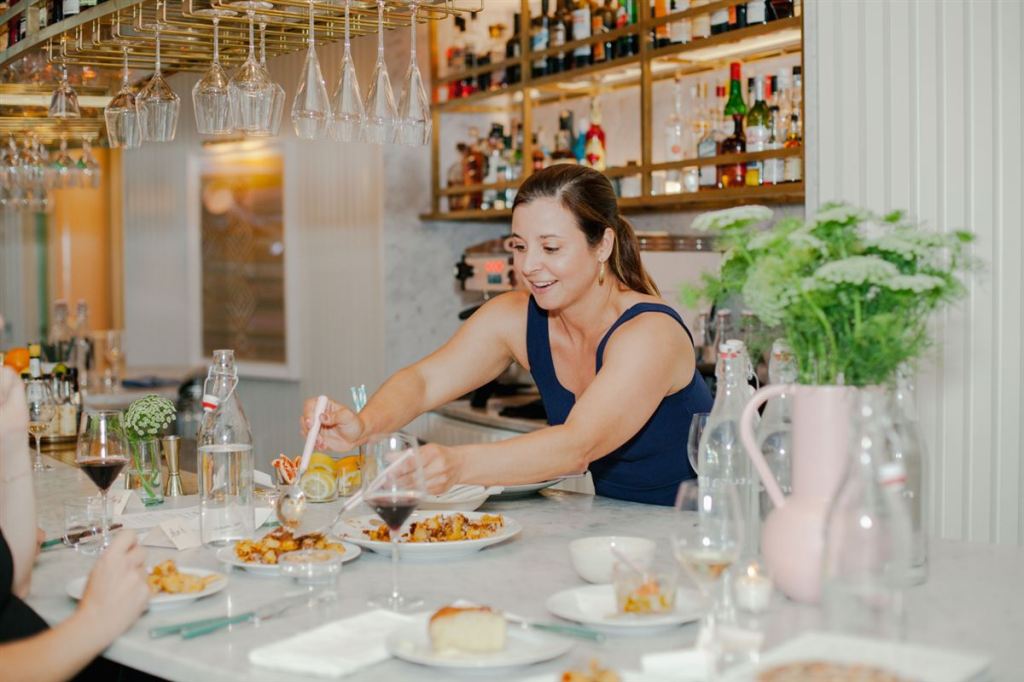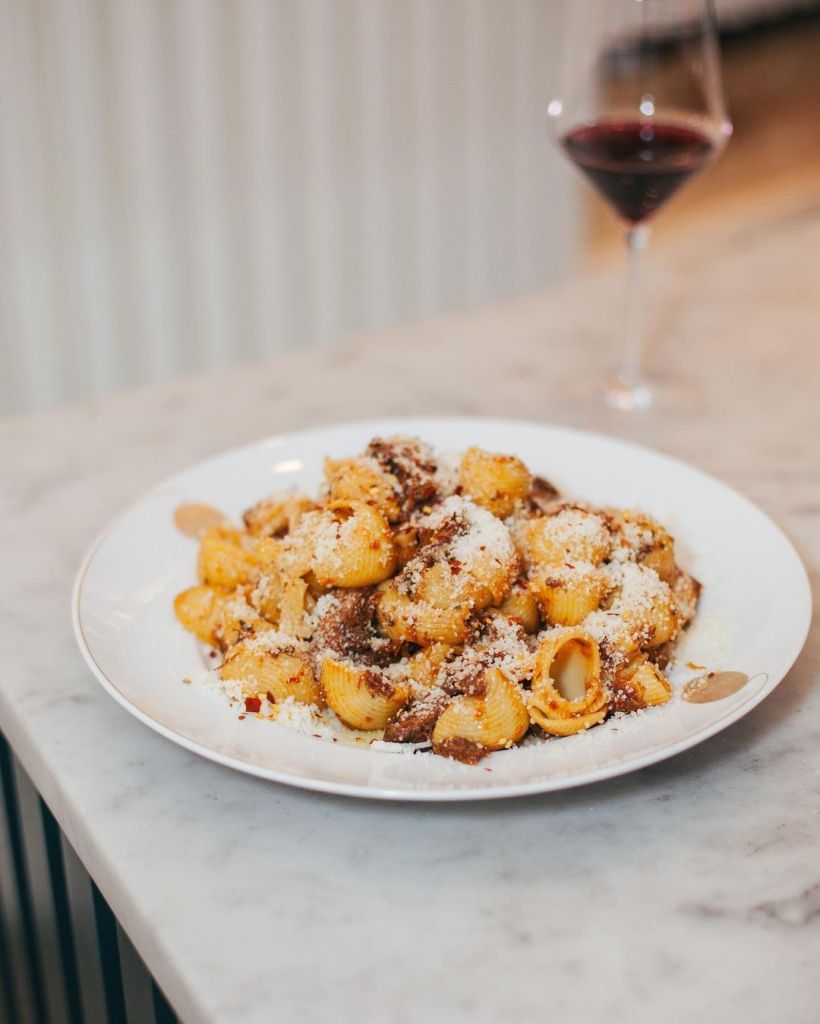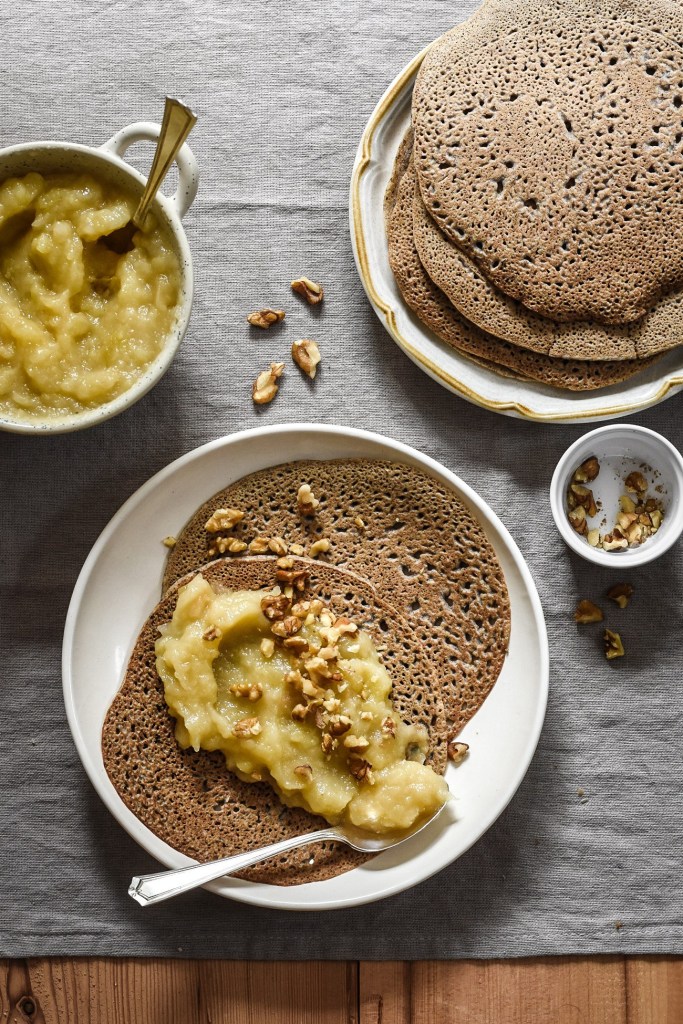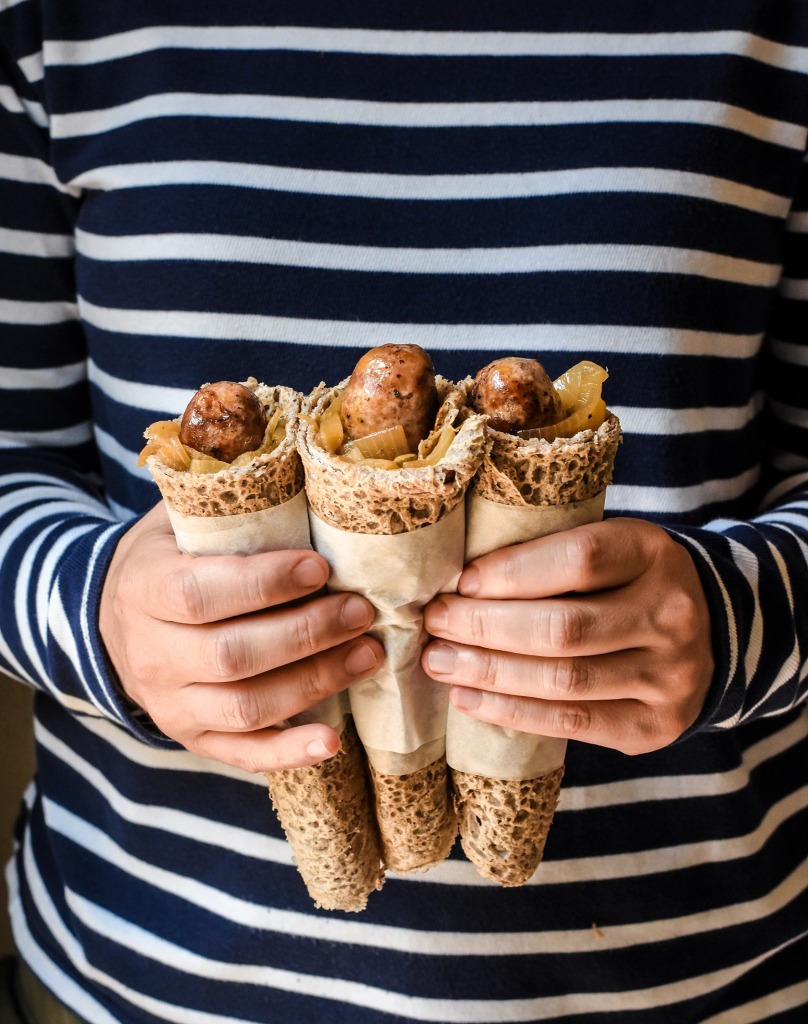South Korean native Alicia Yoon is the founder of the New York-based beauty brand Peach & Lily and the voice for Korean beauty in the US. From her esthetician school days and her frequent trips to search for the latest in Korean beauty, Seoul is like a second home to her. Alicia shares her favourite beauty salons, the culture of elders first and where to eat in Seoul.
Photo: Peach & Lily
What is the one local dish you feel travellers can’t leave Seoul without trying?
I love Korean street food. I highly recommend going to a PoJangMaCha (or Pocha for short) which refers to street vendors. They have these vendors in many neighbourhoods but a couple well known ones are in JongRo and Mapo. Grab a seat, grab a soju, and fill up on tteokbbeokki (spicy rice cakes), hotteok (pancakes filled with melted brown sugar), kimbap (seaweed and rice rolls filled with various meats and veggies), dakkochi (skewered chicken), odeng (fish cakes) and mandu (dumplings). It’s also a fun local experience to sit outdoors, eat and enjoy the night out alongside locals who might be unwinding from their work day with colleagues, friends or family!
What about your favourite restaurants?
Hanchu for fried chicken and beer aka chi-maek in Gangnam. YoungYang Center, synonymous with samgyetang, a healthy soup with a whole chicken in it that’s then filled with rice, jujube and boiled in a broth with ginseng, ginger and various herbs, in Myeongdong where the flagship is, that’s been a popular staple for over 60 years now.
Si Wha Dam in Insadong for modern Korean food that’s presented beautifully and artistically. Before eating here, I love walking around the neighbourhood listening to street music and checking out various art stores. And afterwards, there are plenty of cute cafes to grab traditional tea.
Maple Tree House in Itaewon for Korean barbecue. The meat is delicious as are the soups. And it’s perfectly located to go out for drinks afterwards in vibrant Itaewon. La Yeon for upscale traditional Korean cuisine with a modern cooking style to it. This Michelin 3-Star rated restaurant will serve everything cooked and presented to perfection. Yeonnam 223 Café for the tasty drinks and also a total immersive moment like you’re sitting in an illustrated cute book. I like Stylenanda Café for their pink and blue swimming pool themed cafe with a tasty cotton candy drink. Plant in Itaewon for healthy plant-based snacks with soothing decor. Baesan Warehouse Café where you can get good teas and coffee while exploring contemporary art. Arari Ovene for the most delicious, and beautiful, baked goods.
Where would you go to shop for skincare products?
Garosugil, a neighbourhood comprised of one main tree lined street, with side streets. Various beauty retailers as well as individual beauty brand stores are located along this street. The duty-free beauty stores in Doosan Tower in Dongdaemun. Myeongdong for a fast beauty, Times Square-like experience for road shop mass beauty stores. I recommend going at night when the stores and signs all get lit up.
What about your favourite beauty salons?
I love Skin Lab L by Eco Your Skin and going to the flagship Chungdamdong location. High-tech meets highly personalised skincare, body care, hair care and nail care treatments, expect to leave smiling with glowing skin. And don’t be surprised if you run into someone you might have spotted in a K-Drama or K-pop band. Shangpree women’s only spa, often touted as Korea’s top spa for incredibly transformative facials. Spa Lei, also women’s only, for the Korean bathhouse, or jjimjilbang, experience. Dragon Hill Spa is a co-ed bathhouse that has a bigger, more Disney-world like feel that’s family friendly and a bit more touristy.
Name one South Korean etiquette most travellers miss
I love that Korean culture celebrates and respects their elders. So when there’s an elderly person, it’s polite to defer to them – whether it’s allowing them to enter the door first, pick their subway seat first, pass by first and so forth.
Name some tourist traps travellers should avoid in Seoul
Instead of going to all the places mapped out in tour books, it’s worth spending a day getting lost! Bumbling around on the super clean and efficient subway system and popping into various neighbourhoods and checking out hole in the wall eateries, cafés and stores.
Name one best kept secret of Seoul
I love the hiking trails nearby The Blue House in the neighbouring areas. They aren’t touristy like in Namsan and have delicious local eateries near the trails.
Do you have a skincare tip for travelling?
Depending on where you’re travelling from, it can be a long drying 14 hour flight! Don’t be shy about doing your skincare routine, yes even a sheet mask, on the flight. Your skin will thank you for it. And after landing, try sheet masking each night for a few days straight so stays hydrated which can help prevent it from going haywire during your travels. I highly recommend the hydrating, fragrance-free, alcohol-free, gentle and fast-acting Peach & Lily Original Glow Sheet Mask.
WHERE TO EAT IN SEOUL
Hanchu
Where: 68 Nonhyeon-ro 175-gil, Sinsa-dong, Gangnam-gu, Seoul, South Korea
For: Fried chicken and beer
YoungYang Center
Where: 25-32 Chungmuro 1(il)-ga, Jung-gu, Seoul, South Korea
For: Ginseng chicken soup
Si Wha Dam
Where: 13, Insadong-gil, Jongno-gu, Seoul 03162 South Korea
For: Beautiful Korean food
Maple Tree House
Where: 26, Itaewon-ro 27ga-gil, Yongsan-gu, Seoul 04350 South Korea
For: Korean barbecue
La Yeon
Where: 249 Dongho-ro, Jangchung-dong, Jung-gu, Seoul, South Korea
For: Upscale dining experience
Yeonnam 223 Café
Where: 223-14 Yeonnam-dong, Mapo-gu, Seoul, South Korea
For: Drinks
Stylenanda Café
Where: 23 Wausan-ro 29da-gil, Seogyo-dong, Mapo-gu, Seoul, South Korea
For: Swimming pool café
Plant
Where: 2 floor, 117 Bogwang-ro, Itaewon 1(il)-dong, Yongsan-gu, Seoul, South Korea
For: Plant-based snacks
Baesan Warehouse Café
Where: 322-32 Seongsu 2(i)-ga 1(il)-dong, Seongdong-gu, Seoul, South Korea
For: Tea and coffee
Arari Ovene
Where: Seongsan 1 World cup buk-ro 12an-gil, il)-dong, Mapo-gu, Seoul, South Korea
For: Beautiful baked goods
WHERE TO GO IN SEOUL










